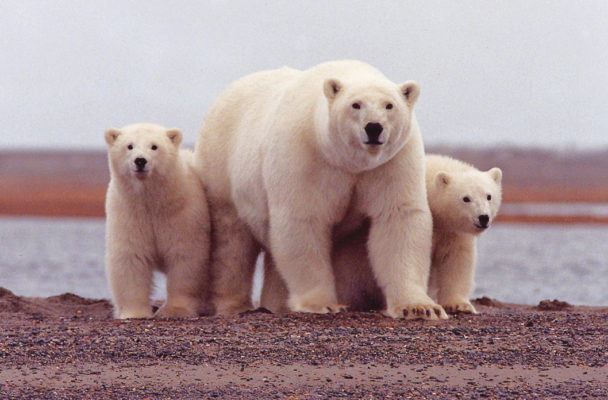The United States recently announced it will not support an international ban on the trade of polar bear products at an upcoming meeting on endangered species.

In a statement released last week, the U.S. Fish and Wildlife Service said it remains concerned about the commercial use of polar bear hides, but it won’t encourage the ban.
“We are putting our resources into working in collaboration with other polar bear range states to address climate change and mitigate its impacts on the polar bear as the overwhelming threat to the long-term future of the species,” the agency said in its statement.
Inuit leaders and organizations from Canada have been lobbying the US for the last year. Polar bear sport hunting is an important industry to the Inuit economy.
Polar bear sport hunting has not been legal in the US since the passage of the Marine Mammal Protection Act in 1972.
Delegates from across the globe will meet in South Africa this fall at the Convention of International Trade in Endangered Species of Wild Fauna and Flora, or the CITES Conference.
The 2013 CITES Conference was the last time the US attempted to ban the international trade of polar bear products. 42 countries voted against the ban, and 38 voted in favor.
Emily Russell is the voice of Alaska morning news as Alaska Public Media’s Morning News Host and Producer.
Originally from the Adirondacks in upstate New York, Emily moved to Alaska in 2012. She skied her way through three winters in Fairbanks, earning her Master’s degree in Northern Studies from UAF.
Emily’s career in radio started in Nome in 2015, reporting for KNOM on everything from subsistence whale harvests to housing shortages in Native villages. She then worked for KCAW in Sitka, finally seeing what all the fuss with Southeast, Alaska was all about.
Back on the road system, Emily is looking forward to driving her Subaru around the region to hike, hunt, fish and pick as many berries as possible. When she’s not talking into the mic in the morning, Emily can be found reporting from the peaks above Anchorage to the rivers around Southcentral.




